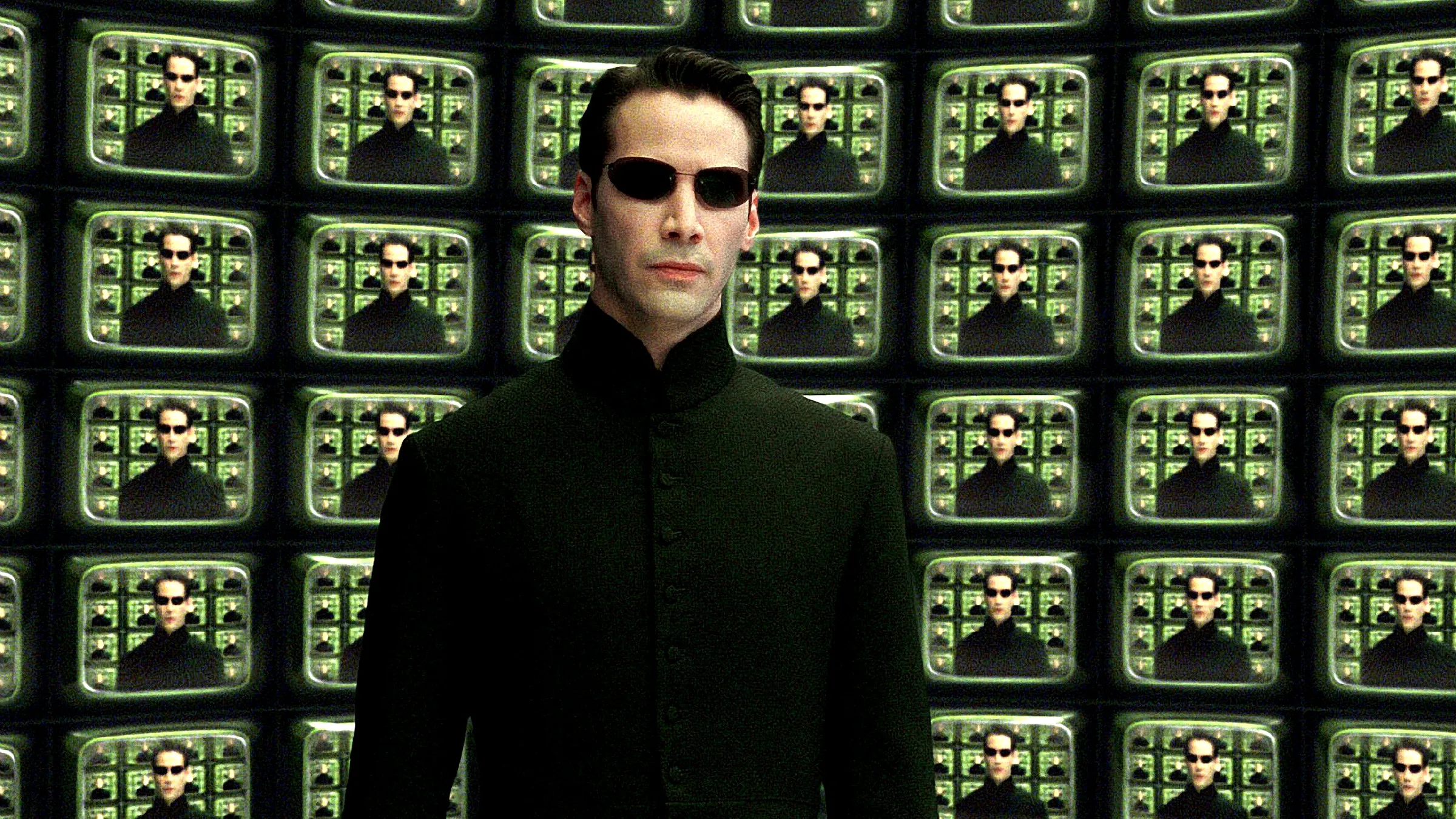Symbolism and Themes: Exploring Deeper Meanings in Popular Films
Films are more than just entertainment; they are a medium through which filmmakers express complex ideas, emotions, and cultural reflections. While the plot and characters drive the narrative, the deeper meanings often lie beneath the surface. Symbolism and themes are essential tools that filmmakers use to explore significant concepts and provoke thought in their audiences. In this article, we’ll delve into how symbolism and themes work in popular films and what they reveal about society, human nature, and the world around us.

What is Symbolism in Film?
Understanding Symbols
Symbolism in film refers to the use of objects, characters, or actions that represent something beyond their literal meaning. These symbols serve as a bridge between the narrative and the deeper, often abstract ideas the filmmaker wants to convey. For example, a red balloon in the film It can symbolize innocence, childhood, or even impending danger, depending on how it’s used within the context of the story.
Common Symbols in Popular Films
Common symbols in films include color schemes, animals, and recurring objects that acquire specific meanings. In The Godfather, oranges are often shown just before a violent event, symbolizing death or danger. In The Matrix, the color green is used to represent the artificial world of the Matrix, while the color red symbolizes the real world. These subtle yet powerful symbols deepen the audience’s understanding of the film’s themes.
Exploring Major Themes in Popular Films
Good vs. Evil
The theme of good vs. evil is perhaps the most universal and prominent in cinema. From Star Wars to The Lord of the Rings, many films explore the battle between forces of good and evil, often using archetypal characters. In these films, heroes represent virtue, while villains embody vice. However, these distinctions are often blurred, as characters may struggle with their internal battles or shift allegiances throughout the story, adding complexity to the theme.
In Star Wars: The Empire Strikes Back, for example, the line between good and evil becomes increasingly ambiguous as Luke Skywalker confronts the truth about his father, Darth Vader. This exploration of personal identity and moral conflict shows how good and evil are not always clear-cut.
Identity and Self-Discovery
Films often explore the theme of identity—who we are, how we perceive ourselves, and how others perceive us. This theme is central to films like The Lion King, Mulan, and The Pursuit of Happyness. These stories showcase characters embarking on journeys of self-discovery, where they learn what it means to be true to themselves, overcome challenges, and achieve personal growth.
In The Truman Show, Truman Burbank's search for truth symbolizes the universal struggle of seeking authenticity in a world filled with artificiality. His awakening to the reality of his existence is a powerful representation of self-discovery and the desire to break free from societal constraints.
Love and Relationships
Love is another prominent theme explored in films, often in various forms, such as romantic love, familial love, or love for one’s country. Movies like The Notebook and Titanic highlight the intensity of romantic love, while films like The Pursuit of Happyness and The Incredibles examine the dynamics of family relationships and the bonds that hold people together in difficult times.
In Eternal Sunshine of the Spotless Mind, love is examined from a different angle—showing that the complexity and flaws in relationships are part of what makes them meaningful. The film's exploration of memory and identity challenges the idea of love as a perfect, straightforward emotion and instead presents it as a messy yet essential part of the human experience.
Social and Political Commentary Through Film
The Reflection of Society
Films often reflect the society in which they are made, addressing social, political, and cultural issues. Movies such as Parasite, The Hunger Games, and 12 Years a Slave tackle themes of class disparity, oppression, and injustice. These films use their narratives to shed light on real-world problems, raising awareness and prompting viewers to reflect on the current state of the world.
In The Matrix, the theme of control over free will parallels concerns about surveillance, individualism, and the loss of personal autonomy in modern society. By questioning the nature of reality and human agency, the film critiques a world where technology dictates much of what we experience, serving as a metaphor for societal control and the need for rebellion.
Environmentalism and Nature
Environmental themes have also become more prominent in films, as climate change and environmental destruction have reached crisis points. Movies like Wall-E, Avatar, and An Inconvenient Truth address human impact on the planet and the need for greater environmental responsibility.
Avatar stands out for its use of symbolism, with the lush, vibrant world of Pandora symbolizing the beauty and fragility of nature, and the destructive actions of humans representing exploitation and greed. The film urges audiences to reconsider their relationship with nature and the consequences of environmental degradation.
The Role of Film Directors in Creating Meaning
The Director’s Vision
While the screenplay and acting are crucial to a film’s success, the director’s vision plays a significant role in shaping the deeper meanings of the movie. Directors use cinematography, lighting, sound design, and editing to highlight specific themes and symbols. For example, Quentin Tarantino is known for using nonlinear storytelling and dark humor to explore themes of vengeance and justice in films like Pulp Fiction and Kill Bill.
Director Christopher Nolan often incorporates complex themes of time, memory, and identity into his films, such as Inception and Interstellar. Through creative visual techniques and intricate plots, Nolan explores the boundaries of reality, questioning how time and perception shape human experience.

Symbolism in Cinematic Techniques
Cinematographic choices can also reinforce the themes and symbolism in a film. For instance, The Shining uses isolated, wide shots of the Overlook Hotel to symbolize Jack Torrance’s growing madness and isolation. Similarly, in Citizen Kane, the use of deep focus and framing reinforces the idea that Kane’s life is filled with layers of complexity that the audience must slowly peel back.
Conclusion: Unveiling the Layers of Meaning in Film
Symbolism and themes are powerful storytelling tools that enrich films by adding layers of meaning. While plots and characters are crucial to the narrative, the deeper meanings often lie in the symbolism, themes, and choices made by the filmmakers. Whether it’s exploring the complexity of good versus evil, the search for identity, or reflecting on societal issues, films provide a window into human experiences and universal truths.
By analyzing the symbolism and themes within popular films, viewers gain a deeper understanding of the messages being conveyed and can appreciate the artistry behind filmmaking. Films are not just entertainment—they are a reflection of society, a mirror to our emotions, and a tool for exploring the complexities of the human condition.












